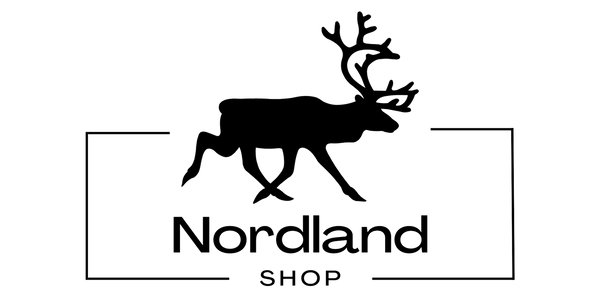
Påsk - Easter in Sweden
Clemens HaardiekShare on social networks...
Easter not only celebrates the resurrection, but also marks the point at which nature awakens from its winter slumber. This is an occasion for delicious food, cheerful decorations, and conviviality—and not only in Sweden.
Until the 1970s, Easter was celebrated as a religious festival, with shops and cinemas closed on Good Friday. Today, Easter is a mixture of Christian, folkloric, and Norse customs, with Holy Saturday being the climax.
The biggest difference to the holiday in Germany is probably the custom of the “Easter witches” or “Easter women” (Påskkärring) in Sweden:
Children dress up in aprons and headscarves, go around the houses with baskets, asking for sweets, and handing out Easter greetings and hand-painted pictures. This custom usually takes place on Maundy Thursday. Legend has it that on this day, witches flew to Blåkulla on broomsticks and celebrated a witches' sabbath with the devil before returning on Holy Saturday.
Swedes love sweets, not just at Easter, and every holidaymaker in Sweden is familiar with the often enormous supermarket section with loose sweets, where everyone assiduously scoops chocolate coins, fruit gums, licorice skulls, toffee candies, cola bottles, and sweet and sour worms into paper bags. At Easter, these sweets are found in cardboard eggs, which are then given as gifts. These eggs are then decorated with colorful Easter motifs to one's heart's content. Among the sweets, the egg-shaped packaging often contains small gifts.
Around Gothenburg, there is also the custom of the Easter fire (Påskbrasor) on Holy Saturday, which was lit to ward off Easter witches and evil spirits.
Swedish Easter also includes appropriate decorations. Homes are decorated with branches (påskris) strung with colorful feathers. This Swedish variation of the Easter bush usually consists of long, elegant birch branches. In addition to the feathers, they are also decorated with ornaments, such as handcrafted chicks, because boiled eggs are also dyed and painted in Sweden.
A bowl of decorative eggs is often the focal point of a lavish Easter table. When it comes to table setting and decorations, Swedes also like to use spring colors: yellow napkins and flowers express the joy of Easter.
In the past, Easter dinner wasn't so lavish, as there wasn't much left in the pantry after the long winter. Today, however, the Swedish Easter table is filled with numerous delicacies prepared according to traditional recipes .
Drinks are served in small glasses, and each sip is accompanied by a drinking song. Many breweries brew special Easter beer. The non-alcoholic drink of the season is called "Påskmust": a dark brown lemonade with spices, malt, and hop extract; it's similar to the Christmas drink "Julmust."
While people snuggle up at home during Advent, Easter, with its four days off work, is the first opportunity for many Swedes to get a taste of spring in their holiday homes. Boat owners launch their vehicles for the first time since the winter, and many are also drawn to nature on foot. The bright, warm season is just around the corner, and Swedes welcome it like a friend they've missed.
Photo: Jenny Drakenlind/Johnér/imagebank.sweden.se
